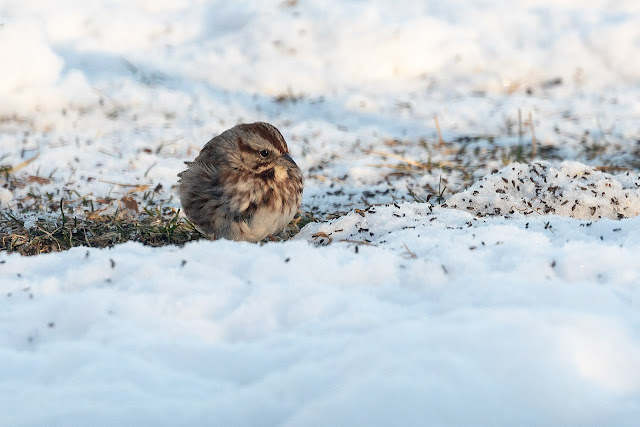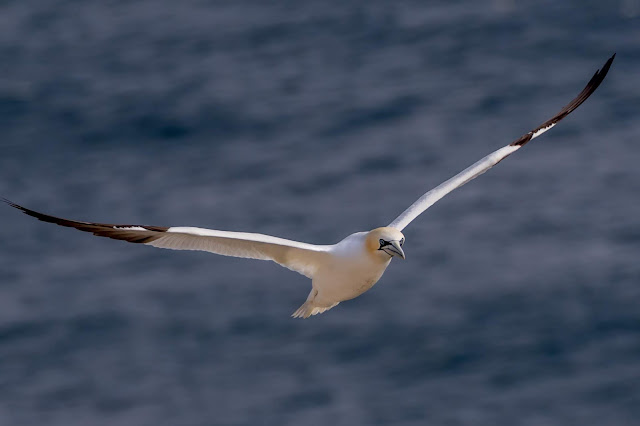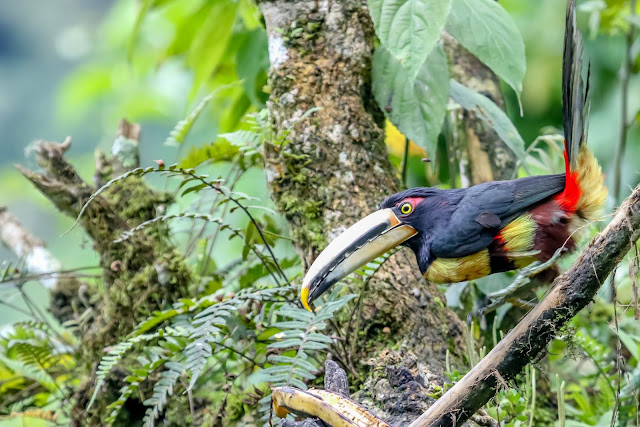Cape May warbler

May 8, 2019, Rondeau Provincial Park, Ontario, Canada. Setophaga tigrina The average clutch size of the Cape May Warbler (6 eggs) is greater than that of other warblers. This large clutch size may allow Cape May Warbler populations to expand rapidly during outbreaks of their preferred prey, spruce budworms. source - Cornell Lab of Ornithology.














